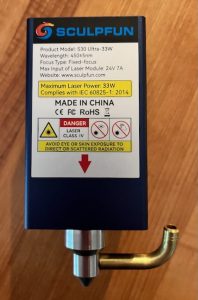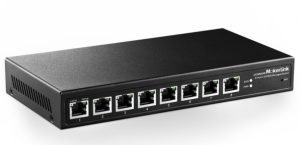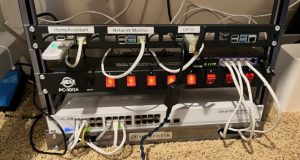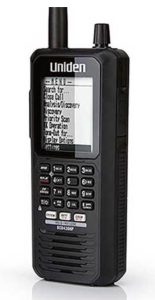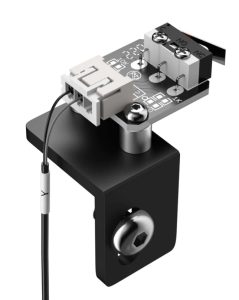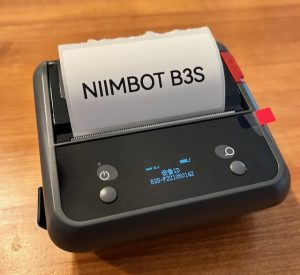Sculpfun S9 To S30 33 Watt Upgrade Kit
Sculpfun provided me an S9 laser and then subsequently provided me a Sculpfun S9 to S30, 33 Watt Upgrade Kit. I did a “First Impressions” blog which you can read here. After using it for a couple of weeks I decided to do a deeper dive on upgrade kit.
Laser Module
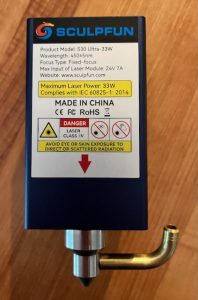
33 Watt Module
The S30 Ultra 33 watt module is considerably larger than the original S9, 5.5 watt module and contains a lot of really cool features
Most noticeable is the addition of an all metal air assist. One of my favorite features of the air assist is that it not only is secured in place with an allen screw, it also threads on and contains an O-ring to keep the air contained.
The tube is considerably larger than most competitors air assists which allows for a higher volume of air movement.
Removing the air nozzle allows for access to the lens for cleaning.
Continue reading

